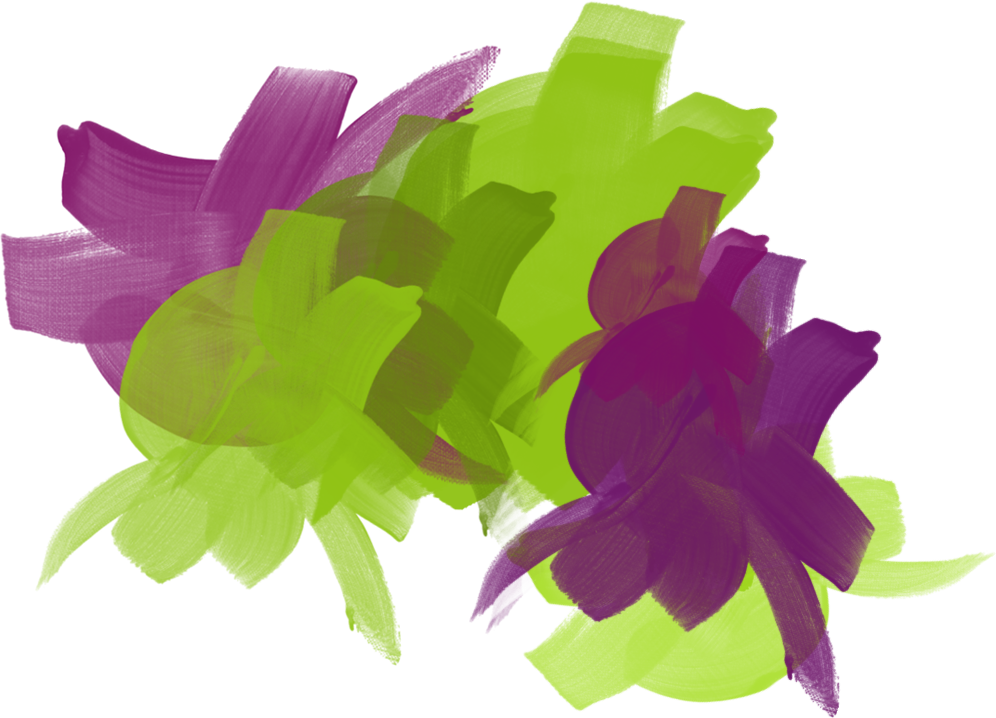History
Intent
At Putnoe Primary we aim to have a history curriculum that is accessible to all and that will allow every child so that they know remember and understand more about the events of the past. We want pupils to gain a secure knowledge and understanding of Britain’s past and that of the wider world. The curriculum is structured in a way that allows for children to make links between current and previous learning. Teachers use the long-term plans for history to make comparisons between historical periods previously taught, developing children’s chronological knowledge and understanding from the Stone Age to present day.
History lessons focus on working as historians and developing historical skills which are enriched through historical visits, visitors and events held in school.
We aim to enable children to ask perceptive questions, think critically, weigh evidence, sift arguments, and develop perspective and judgement. It is important for children to develop a sense of identity through learning about the past and we want them to know how history has shaped their own lives.
Implementation
Teachers use a variety of teaching and learning styles in their history lessons to develop pupils’ knowledge, skills and understanding in history.
We recognise that there are children of differing abilities in all our classes, and so we provide suitable learning opportunities for all children. We achieve this through a range of strategies which are differentiated by expected outcomes and support from peers or adults.
We believe children learn best when:
- They have access to and can handle artefacts.
- They go on visits to museums and places of interest.
- They have access to secondary sources such as books and photographs.
- Visitors talk about personal experiences of the past.
- They listen to and interact with stories from the past.
- They undertake fieldwork by interviewing family and older friends about changes in their own and other people’s lives.
- They use drama and dance to act out historical events.
- They are shown, or use independently, resources from the internet and videos.
- They can use non-fiction books for research.
- They are provided with opportunities to work independently or collaboratively, to ask as well as answer historical questions.
Impact
The impact of our history curriculum will be measured through:
- The subject lead ensures that the National Curriculum requirements are met.
- Pupil outcomes are monitored in the following ways: pupil voice interviews, book looks, discussions with staff.
- Sharing good practice among staff.
- Marking of written work in books against the school’s marking policy.
- Monitoring of progress from year to year ensuring pupils remain ‘on track’ from their starting point.
- Pupil Progress meetings held termly with staff to identify pupils who need additional support.
- Assessment on Sonar Tracker.

